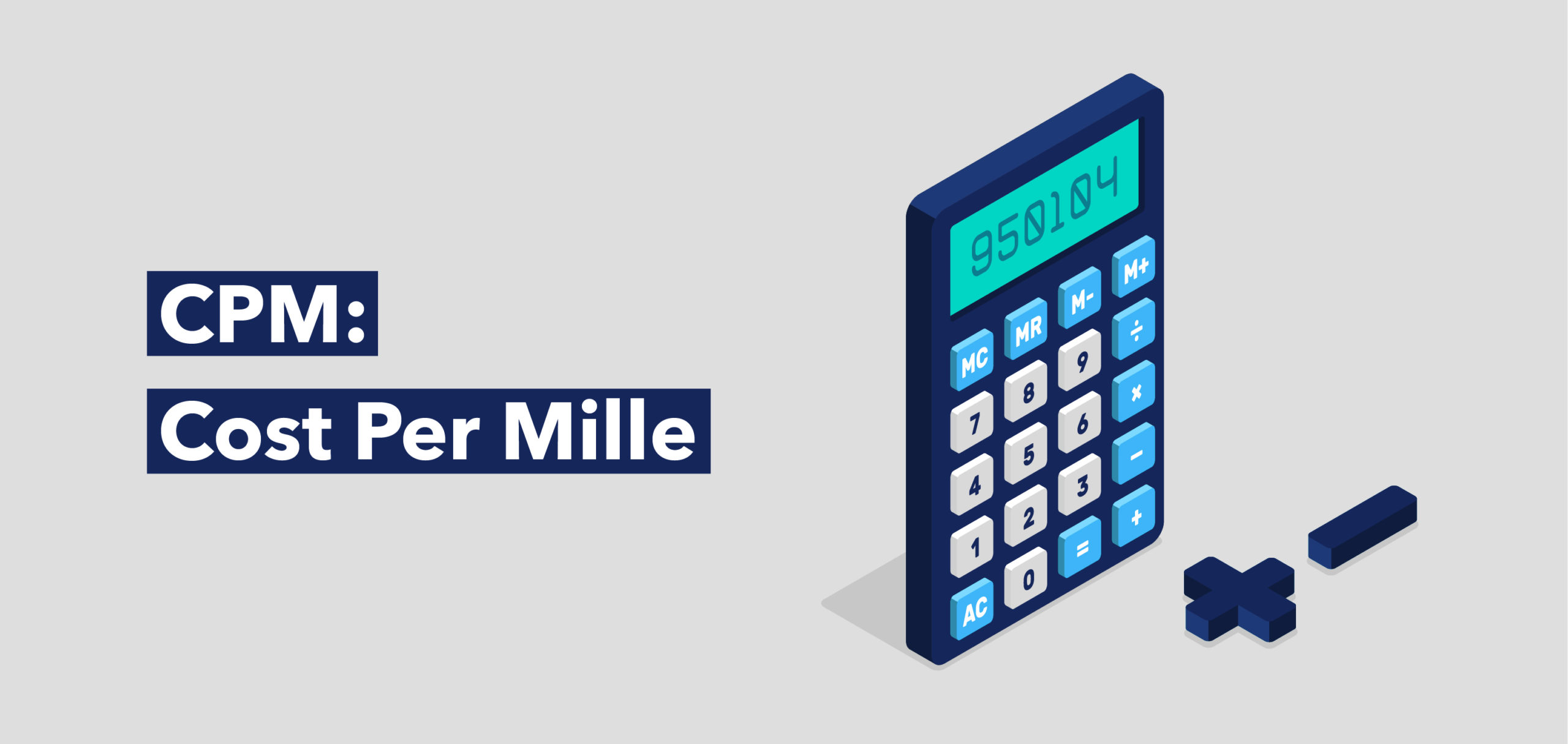The famous cost per thousand impressions, also known as CPM, is an advertising pricing model that publishers and advertisers all over the world use to set up the budget for their advertising campaigns. This way, we’re talking about one of the main advertising metrics nowadays, since it allows to determine how many times an ad is being seen.
Basically, it could be said that CPM refers to the cost of having an advertisement published on a site and being seen by a thousand different users each time. What’s even better is that CPM is also used to define how well that ad, indeed, is performing. Certainly, all types of clients and companies around the world have been using CPM as the standard method for pricing advertisements for their online campaigns and to track their costs and measure the results.
Commonly, it is almost impossible to check whether a CPM is good or bad based on just one value. After all, this is one of the most uncomfortable realities that publishers and advertisers face sometimes with pricing models and marketing. Especially if taking into consideration, that a lower CPM, could be quite a negative indicator for an advertiser most of the time, as it usually indicates poor quality traffic.
This also happens the other way around, meaning that a higher CPM does not necessarily mean getting better earnings. The reason is that some ad inventories may not be sold in the time it is expected.
What factors could influence the CPM’s value?
Considering these details, it is important to know there are some key factors that always influence a CPM’s value. Some of these are the ad’s size, the devices that are being used, data usage, the quality and topic of the website where the placement will be, and even the number of ad units on the site.
However, one of the most crucial ones is geography, given the fact that an average CPM can easily be influenced by the online industry in each nation. This way, if the online industry is powerful enough, the value of the CPM will be high, while it would be the other way around if the online industry is weak.
Furthermore, another element that plays a significant role in how geography can influence the value of CPM, is the spending power of those who live in that nation indeed. Due to this, CPMs in developed countries such as the United States, Germany or the United Kingdom will be higher than the ones in third-world or developing countries such as Peru or Egypt. But of course, even though we are talking about this last type of countries, we could encounter high CPMs in media groups working with specific clients, such as a local bank that wants to appear at the home of a news site from that same location.
This is the reason why many people when creating a website, tend to think first about the nations of the users they are interested to attract, instead of the content itself. In conclusion, it is essential to have a partner who can optimize the CPM’s value to the maximum, to obtain the best possible revenue from the available inventory.
How to calculate CPM
Getting to this point, you’ll be probably wondering how to properly calculate CPM. Fortunately, it is quite a simple process which consists in the easiest division and multiplication mathematics. Shortly, CPM is calculated by taking the total cost of the ad campaign and dividing it by the total number of impressions. After that, the number will be multiplied by a thousand.

It is important to take into consideration that the CPM rate will be set by the ad network or the publisher in most cases, based not only on the amount but also on the traffic quality.
Calculating CPM is crucial for every advertiser to evaluate the hypothetical outcome of its advertising campaign, before spending money and launching it. So, we’re talking about a major process that must be made if success wants to be achieved in this business.





